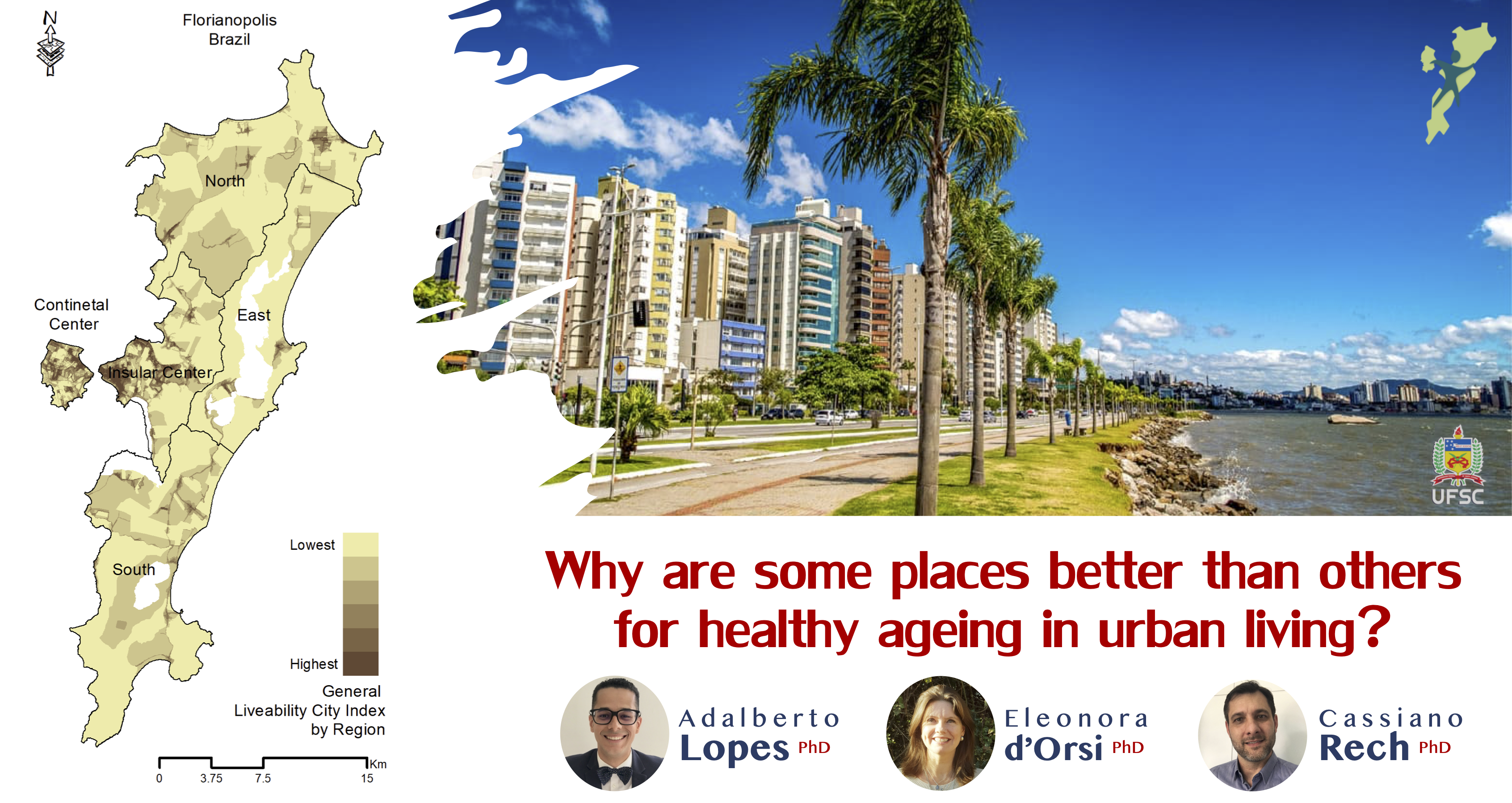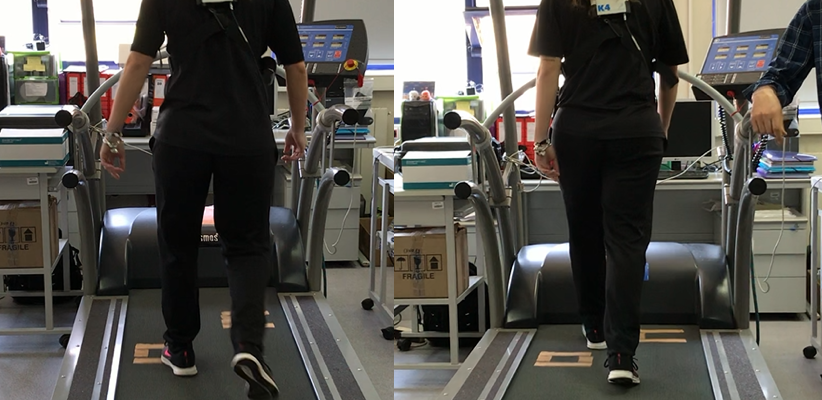City Know-hows

Urban health is a complex system that involves several indicators acting together, there is no single solution to the health-related issues in cities. We wanted to promote healthy ageing in urban living. Our strategy was to take people’s needs and demands into account, when evaluating, monitoring and proposing feasible changes in built, natural and social environments.
Share
Target audience
City managers; Urban planners; Policymakers; Health professionals
The problem
There are several challenges to making a place more age-friendly. These include: allowing people’s health to thrive through adequate urban conditions throughout life; providing opportunities to live actively; and being healthy in the city. One way to improve citizens’ lives is better to understand urban issues. This means evaluating and monitoring these issues using robust methods. Then to propose feasible changes in built, natural and social environments. The aim is to enable active behaviour and mitigate non-communicable diseases.
What we did and why
First, we created a Liveability City Index, through geospatial-derived macroscale based on safety, economy, built environment, education, health care, transport, recreation, and population indicators. The objective was to appraise city quality for healthy urban living. Next, from the third wave of EpiFloripa Ageing Cohort Study we computed a 500-meter movement zone around participants’ residences to determine, what we called ‘neighbourhood liveability-income clusters’. We were then able to investigate these and their association with physical activity, walking for transport and morbidity.
Our study’s contribution
Our study provides in-depth urban insights for older adults. We found that liveable age-friendly places, usually found in high-income neighbourhoods, are associated with physical activity and non-communicable diseases; while less liveable places provide poorer outcomes for older adults’ in terms of active travel, especially in high-income neighbourhoods.
Impacts for city policy and practice
Our findings could help promote places essential for liveable age-friendly cities, guiding city planning/managing and policymakers in delivering:
• Well-maintained urban infrastructure, especially those related to built environment’s pedestrian street-level amenities, excelling at traffic safety and against criminality;
• Reductions of distances and travel times (increasing their quality) and encouraging active transport as part of the daily routine;
• Broad coverage and access to health care, promoting population well-being and reducing non-communicable disease;
• An environment in which the diversity of land use integrates high population and commerce/service densities simultaneously, organically increasing access to recreation, work and study destinations, stimulating the local economy.
Further information
EpiFloripa Ageing Cohort Study: Official Webpage.
EpiFloripa Ageing Cohort Study: Technical-scientific report of 3rd wave.
Full research article:
Why are some places better than others for healthy ageing in urban living? by Adalberto Lopes, Eleonora d’Orsi and Cassiano Rech
Related posts

This study measured the effectiveness of stepping stones as an element of landscape design – to make walking a more effective form of exercise for health. The average increase in heart rate due to steppingstones was 17.22%. In conclusion, we estimate that stepping stones can significantly increase peoples metabolic and physiological parameters, and can help the wider population to achieve the recommended government and health guidelines of ‘moderate exercise’ of 150 min/week, improving population health. This new evidence can help designers to implement ‘Active Urbanism’ strategies.

Are you prepared for the health risks of extreme heat? Our new study shows that exposure to extreme heat increases the risk of mortality from Non-Communicable Diseases. Check out our systematic review of the effects of extreme heat, both indoors and outdoors, on health in the UK.

The study by collecting data from a sample in a developing and rapidly urbanizing country in South Asia highlighted the importance of green space interventions to promote urban dwellers’ contact with urban green spaces and physical activity levels. Moreover, it highlighted differences in urban green space usage behaviours based on differences in sociodemographic characteristics, suggesting the necessity to target certain sub-population groups more than others.